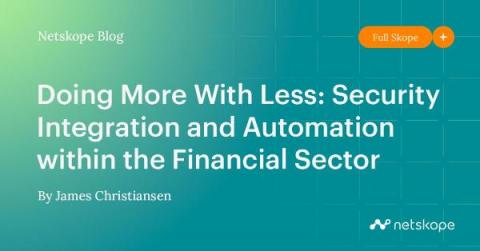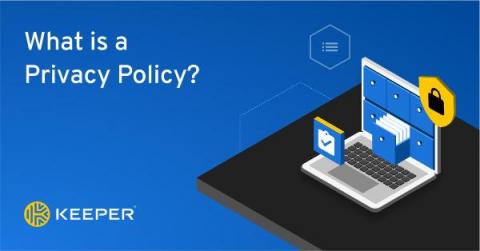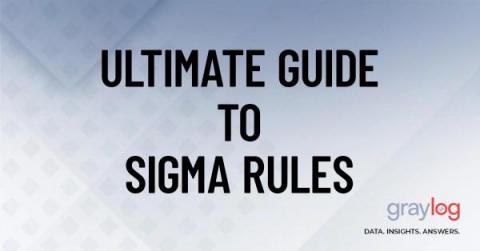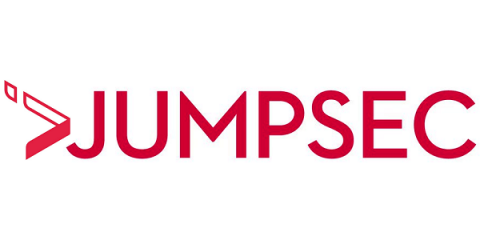Doing More With Less: Security Integration and Automation within the Financial Sector
With many financial institutions continuing to feel an impact from The Great Resignation, and seeing tighter budgets across the board in 2023, security leaders are being asked to do more with less. So far in 2023, many organizations are hesitant to hire additional staff or even backfill open positions—forcing many security leaders to make do with fewer people than in the past.











